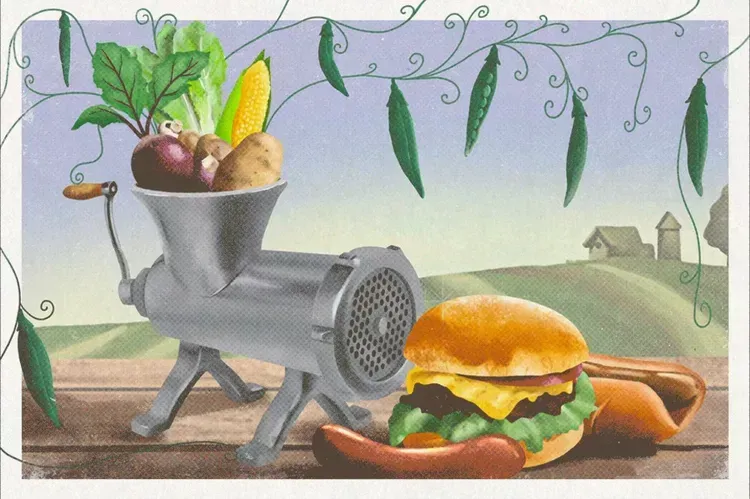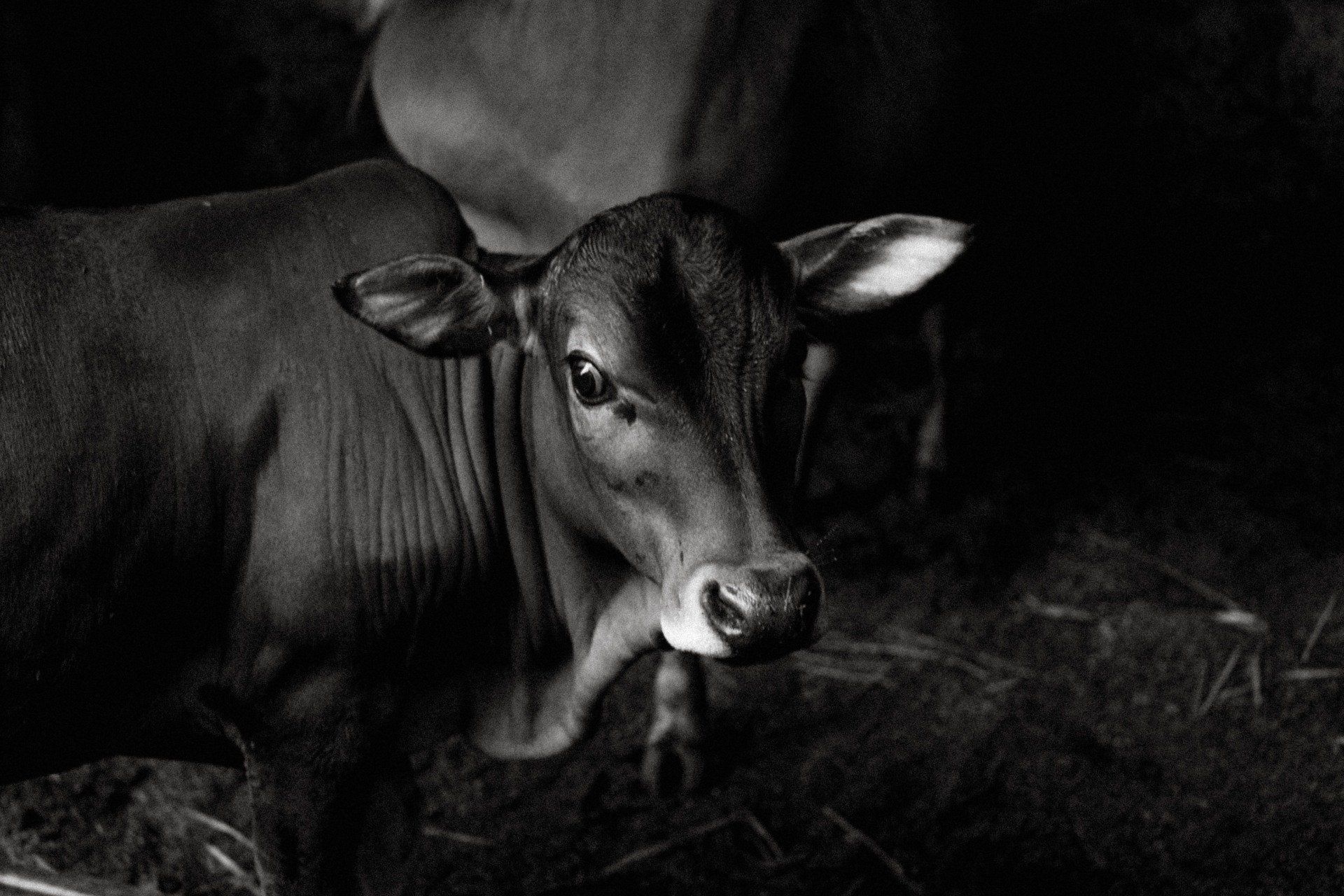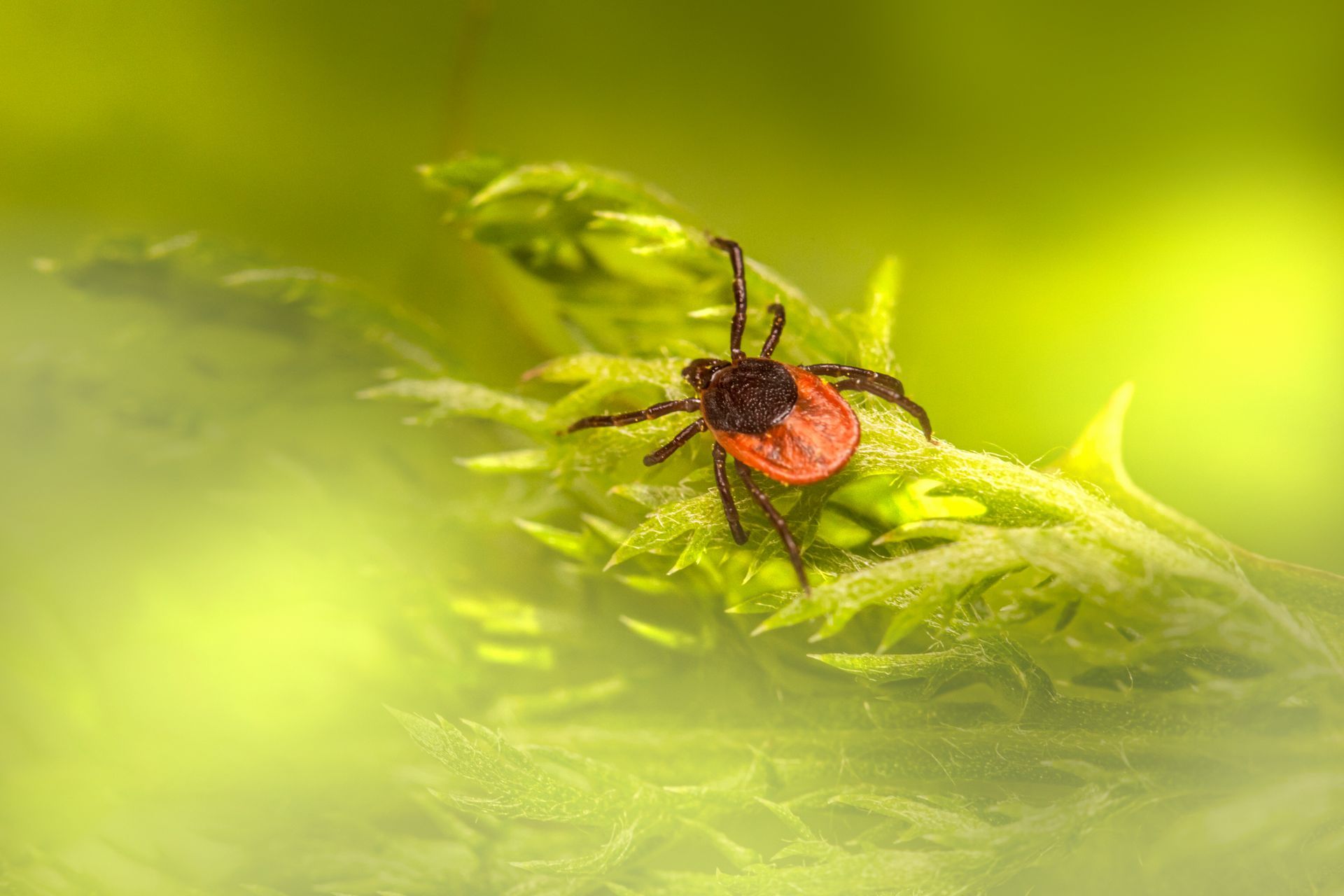12 steps to empty, clean and prep grain bins
Put safety first when following every one of these steps.
Tom J Bechman | Jun 04, 2020
Aug 31, 2021 to Sep 02, 2021
Once you haul out the last load of grain from a bin, the real work begins. It’s time to thoroughly clean and prepare the bin for the next crop. Unless you do this correctly, you can put your health at risk and set yourself up for storage issues at the same time.
Gary Woodruff, GSI district manager and grain conditioning expert, offers these 12 tips toward safer, more effective grain bin cleaning and prep:
1. De-energize the site. Before you perform any work or service, turn off and disconnect, lock out and tag, or block off all mechanical, electrical, hydraulic and pneumatic equipment that presents a danger. This particularly includes grain-moving equipment, such as augers and belts.
2. Keep everyone out. Grain should not be emptied or moved into or out of the bin while workers are inside, period!
3. Clean outside. Mow and remove all weeds and debris outside the bin for safety purposes. This also eliminates safe harbors for vermin.
4. Deep-clean inside. Using proper respiratory protection, sweep and clean the interior of the bin. Pay special attention to cracks and any areas such as inside stiffeners and obstructions that may allow debris to build up. They can harbor insects or mold.
5. Spray inside and outside. You will want to wait until shortly before harvest to spray for insects. Following all instructions and using proper respiratory and safety equipment, spray and treat the exterior and interior of the bin. Get under a full or partial floor as you spray to minimize insect infestations and mold. Every few years, check accumulations under the floor and clean, even if that means taking up the floor.
6. Clean and check roof vents. Use proper respiratory protection as you inspect and clean all passive or powered roof vents. Make sure there is free flow of aeration or ventilation air.
7. Inspect the structure. A bin is like any farm structure — it can deteriorate over time. Inspect for leaks, rusting or other deterioration to make sure it is structurally correct. Make needed repairs.
8. Check bottom ring seal. Here’s one people often forget to check. Inspect condition of the bottom ring seal and repair, if necessary, to keep water from entering the bottom of the bin.
9. Inspect fans. Check the condition of the aeration fan or fans. Inspect transition and entrance collars for damage and proper seal.
10. Check for gas leaks. If it’s a drying bin, carefully check the gas supply lines, burner, vaporizer and burner gas train for leaks. Make sure all are clean and free of debris, particularly around the burners. Have a qualified service technician repair any problems found. Make sure any rubber hoses are in good condition. Replace them every 10 years, or according to local gas ordinances.
11. Check door seals. Inspect the entrance door, making sure it’s mechanically correct and shuts and seals tightly. Make sure doors are correctly closed before you start to load the bin. Otherwise, whoever opens the door could be at risk of being covered by grain.
12. Wear respiratory equipment. Always practice proper safety with respiratory equipment. Keep the area free of clutter, and take all steps possible to protect against falls when working around any grain bin.The body content of your post goes here. To edit this text, click on it and delete this default text and start typing your own or paste your own from a different source.
You might also like
Jaynie Norman


